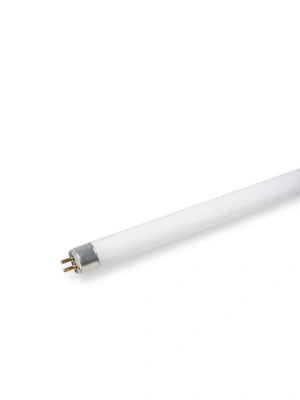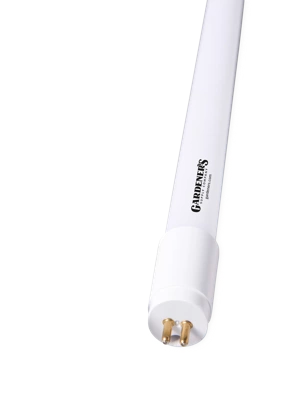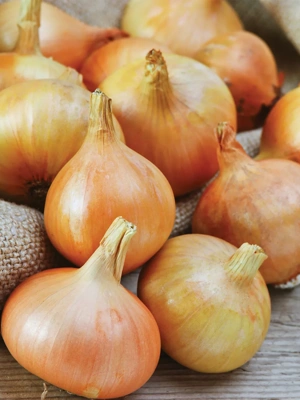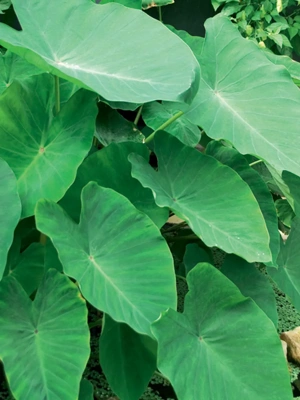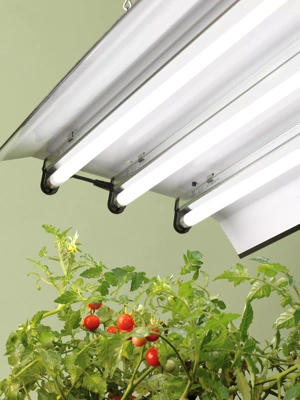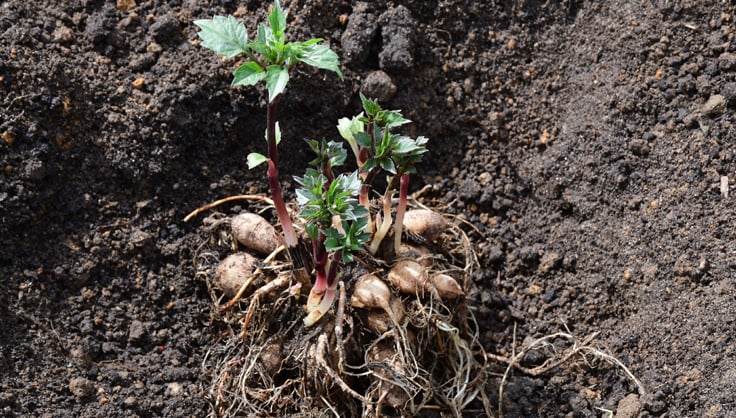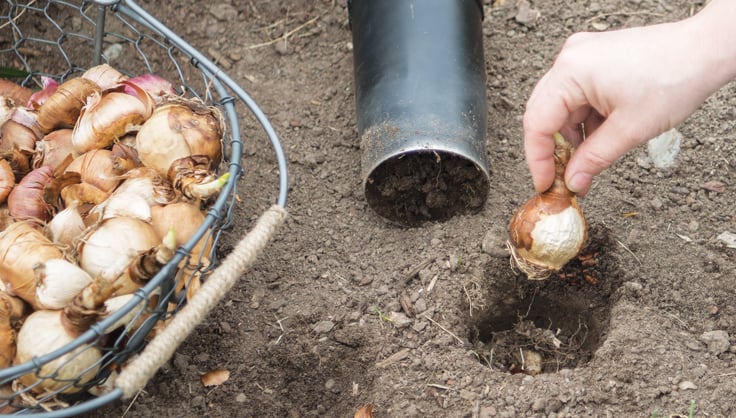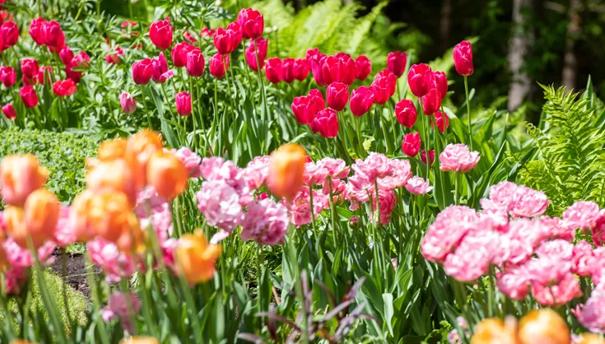How To Plant Spring-Flowering Bulbs
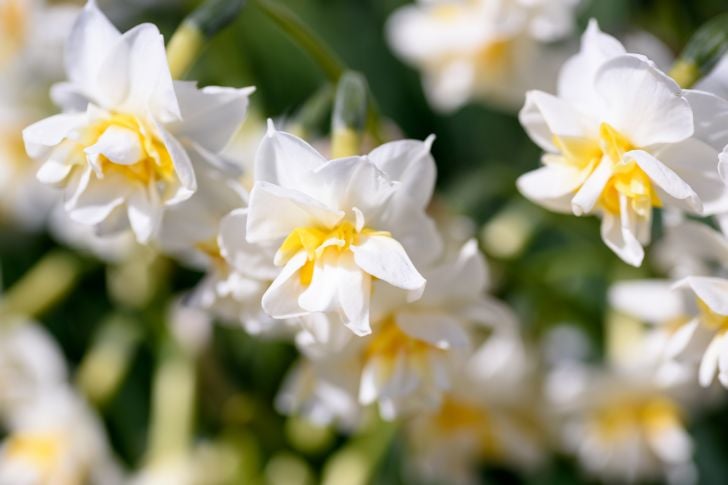
While the rest of the garden is muddy (or snowy!) and dormant, spring bulbs are exploding with color: rivers of blue grape hyacinth, woodlands carpeted wih crocuses and snowdrops, and bold hillsides covered with pink, red, orange, and purple tulips.
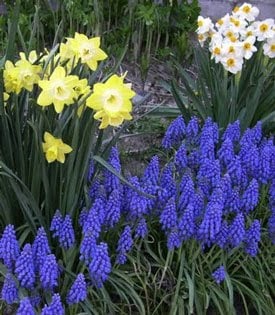 Daffodils and grape hyacinths are gorgeous when planted together.
Daffodils and grape hyacinths are gorgeous when planted together.Sound like a laborious garden task? It's not. Planting spring-flowering bulbs could not be easier. If you plant them at the right time, bulbs practically run themselves, sitting dormant all winter long before sprouting in spring, while most of the rest of the landscape is still leafless and bare. Now find a spot of well-drained soil (bulbs don't like to sit in wet ground!) and ample sunshine, and get planting!
How to Plant Spring-Flowering Bulbs
1. Get the Timing Right
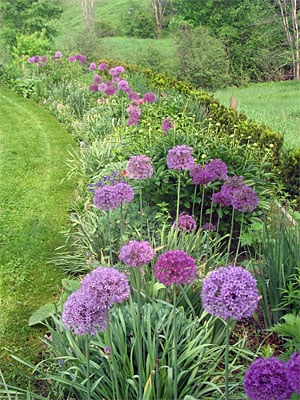 Eye-catching allium bridges the gap between spring and summer-flowering perennials.
Eye-catching allium bridges the gap between spring and summer-flowering perennials.Plant bulbs in mid-fall, about 4-6 weeks before serious hard frost sets in, so bulbs have time to form roots. For gardeners in growing zones 4-7, this is typically between October and November. Gardening further south? Gardeners in warmer growing zones will need to pre-chill their spring-flowering bulbs in a refrigerator for at least 10 weeks before planting.
Spring-flowering bulbs are usually classified based on their bloom time — early, mid, or late. However this is a relative time period. "Early" might mean February in parts of Virginia but mid-April in corners of Vermont. For a continuous wave of blooms and color all spring long, layer multiple types of bulbs on top of each other (if planting in containers) or mix types in the landscape.
2. Dig
Bulbs should be planted at a depth about 2-3 times their width. This means that a 2-inch crocus corm should be approximately 4 inches deep, while a much larger tulip bulb needs to be at least 6-8 inches down. If you are planting en masse, use a shovel to dig yourself a trench to accomodate dozens of bulbs. If you want to scatter bulbs around a bed or lawn in a more naturalized look, use a dibber to pop a hole in the soil.
3. Plant
Most tulip, daffodil, and crocus bulbs have slightly pointy tips — place bulbs in your planting hole pointy-side up. Cover with the native soil, and water deeply. Give your bulbs a good, long drink immediately after planting, but don't worry about watering during winter dormancy. Once bulbs emerge in the spring, water them weekly if regular rain isn't in the forecast.
| Bulb | Bloom Time | How Deep to Plant |
|---|---|---|
| Siberian squill (Scilla siberica) | Very early spring | 3-4 inches |
| Glory-of-the-Snow (Chionodoxa forbesii) | Very early spring | 3-4 inches |
| Crocus | Early spring | 3-4 inches |
| Grape hyacinth (Muscari spp.) | Early spring | 3-4 inches |
| English bluebell | Mid spring | 4 inches |
| Hyacinth | Early and mid spring | 4-6 inches |
| Daffodil | Early and mid spring | 4-6 inches |
| Tulip | Early, mid, and late spring | 6 inches |
| Dutch iris | Late spring | 6-8 inches |
| Crown imperial | Late spring | 6 inches |
| Allium | Early summer | 6-8 inches |
Top Tips For Beautiful Bulbs
Yes, Bigger is Better
These days you can buy bulbs almost everywhere — including the grocery store and big-box stores. The price may be right, but most of these bulbs are undersized. And when it comes to bulbs, the bigger the bulb you plant, the bigger the bloom next spring. A bigger bulb also increases the likelihood that your bulbs will flower for more than one year.
Dutch bulbs are graded by size, and reputable bulb suppliers will list the size of their bulbs in centimeters of circumference. Only the largest, highest-quality bulbs can be listed as "top size." Top-size tulip bulbs, for instance, must be at least 12 centimeters in circumference. Discount bulbs are B-grade bulbs that couldn't make the top-size grade.
Quality Matters
Next year's flower is already fully formed inside the bulb. If the bulbs aren't handled with care, the flower inside can be damaged. Bulbs will dry out if they're exposed to heat, dry air and light. If they're too moist, they can get moldy or mushy. Look for bulbs that are firm and free of large blemishes or scars. A spot or two of mold is OK, but more means they've been improperly stored. The bulb should be dormant, which means you should see little or no root growth. For best results, bulbs should be kept in cold storage with controlled humidity until being shipped to you.
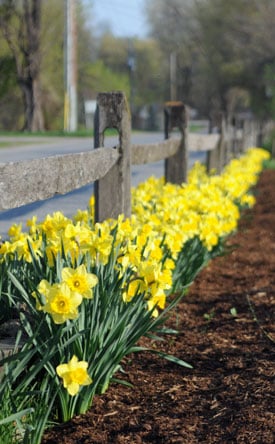 Daffodils are especially nice when planted in masses.
Daffodils are especially nice when planted in masses.Don't Be Stingy
Bulbs look best in closely planted, informal clusters of three, five, seven or nine. Large bulbs, such as tulips and hyacinths, can be spaced 5 to 6 inches apart. Smaller bulbs, such as crocus and scilla, should be placed no more than one to three inches apart. If you can only plant ten tulips, put them in two groups of five or one group of ten. Ones and twos or a row of tulip soldiers won't be nearly as impactful as a denser crowd.
Leave the Leaves (For a Little While Anyways)
Once your bulbs have bloomed, remove the spent flowers to prevent the plants from expending energy to develop seeds. Next year's flower forms during the three or four weeks after flowering. During this time the plant needs its leaves to generate the nutrients to form a new flower. It's important to leave the foliage alone until it yellows and begins to wither. At that point, you can cut the foliage or gently tug on it to pull it away from the bulb.
Last updated: 09/25/2023
Print this Article:
Related items
Related Articles
Get the Dirt
Stay up to date on new articles and advice. Please fill out the information below.

